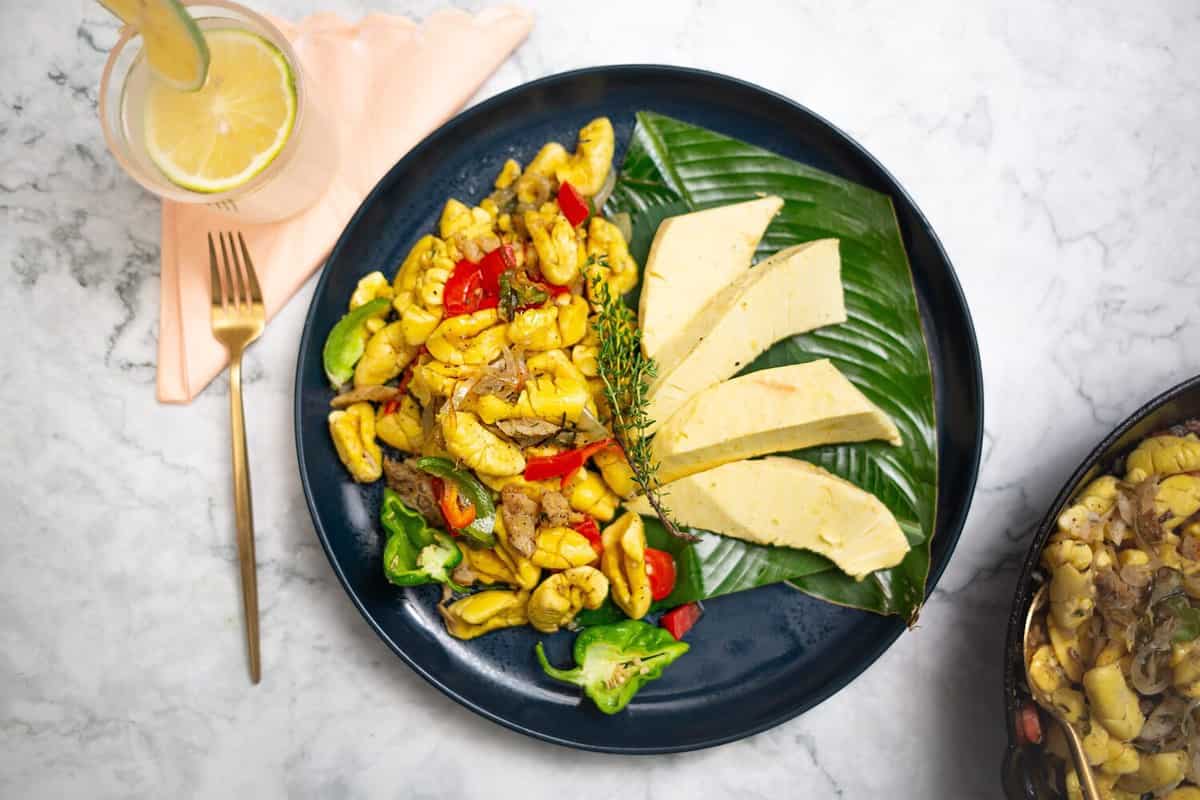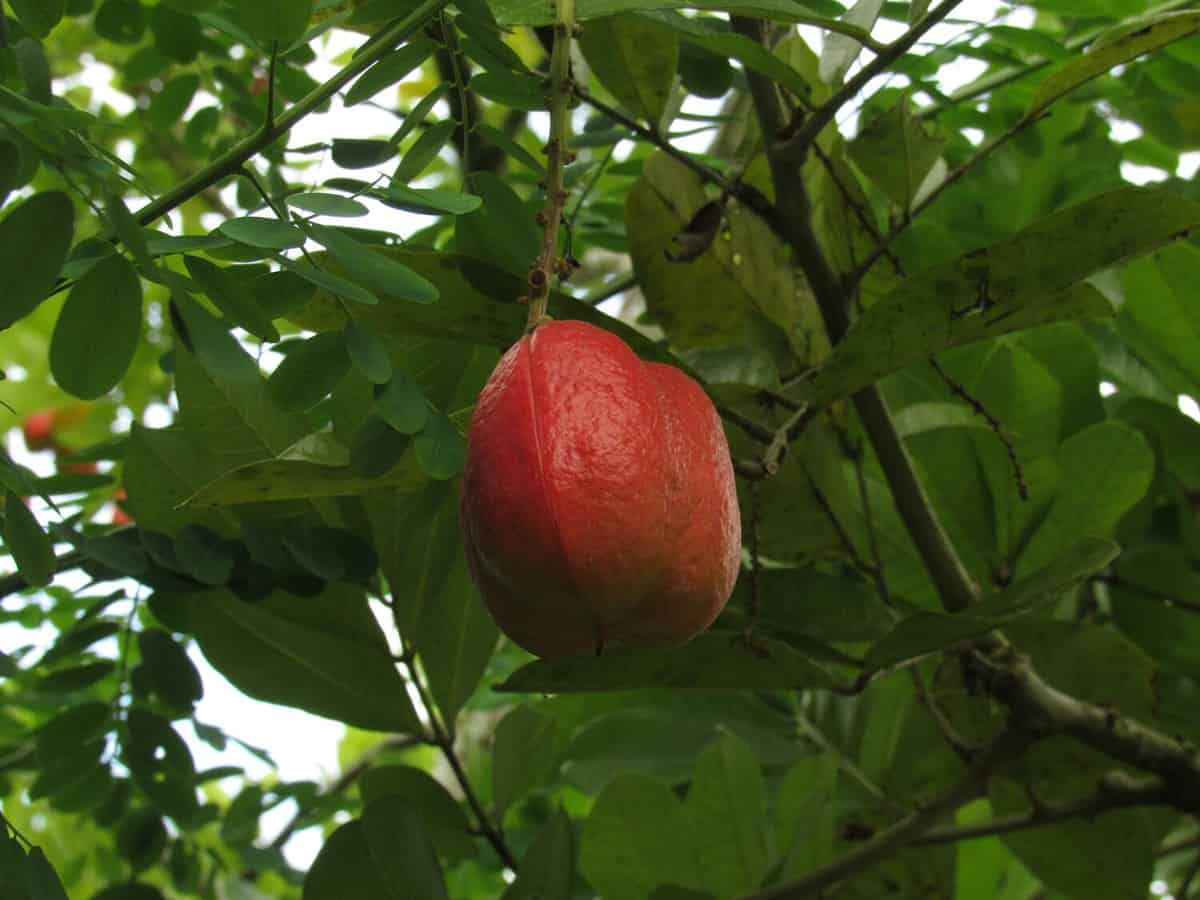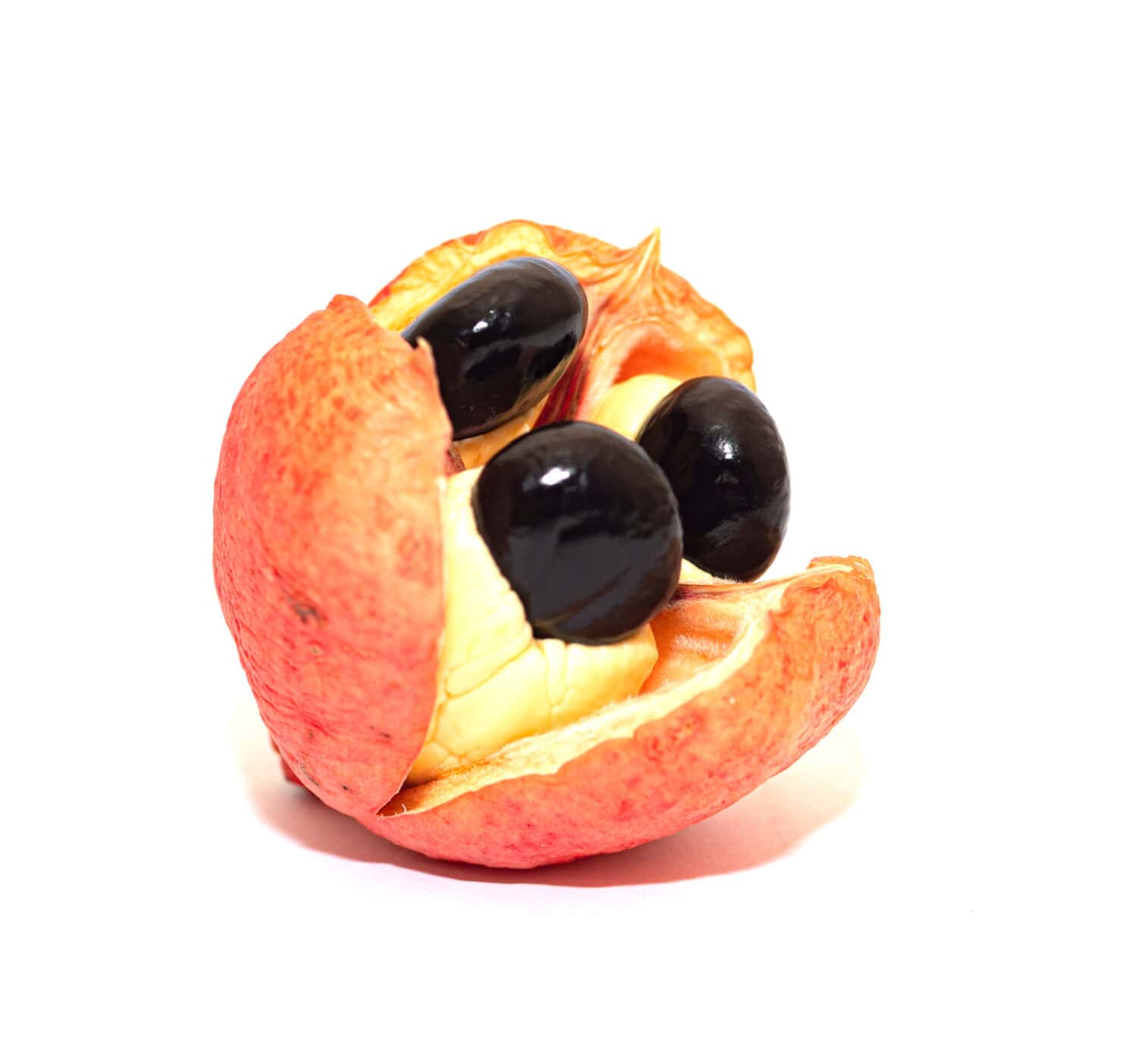Ackee is a popular Jamaican fruit that has become a staple across Caribbean cuisine. It is even part of the national dish in Jamacia, which is ackee and saltfish. With this fruit's popularity, it may come as a surprise to hear that unripe ackee is quite poisonous, and the seeds are always poisonous. Unripe ackee consumption carries the possibility of severe sickness resulting in death. In fact, there is a name explicitly for the effects of eating unripe ackee flesh and the unedible portions of the plant. So, if this food is poisonous, why do people eat it?
When fully ripened, the flesh is safe to consume and quite tasty. Therefore, when prepared with great care, ackee makes an excellent and tasty addition to popular Jamaican dishes.
What is Ackee?
Ackee is technically a fruit. However, the preparation methods for this fruit are much like those for vegetables, such as sauteeing with onions and other vegetables!
As mentioned before, ackee is a Jamaican fruit that is a popular Caribbean dish. It grows on the evergreen trees that are native to West Africa. These trees produce the fruit that is readily available all year long. The fruit also goes by names such as achee, apple, and akee.
Eating this fruit unripe is never a good idea because it is toxic. It was banned for 30 years from being imported into the United States because of the health risks this unripe plant poses. Recently, cans of ripe ackee became available in the USA; however, they are not common in grocery stores.
While unripe ackee can never be eaten, the fruit, when fully ripe, is quite the treat. A very small amount of sweetness can be detected, and so many recipes exist that bring out the incredibly delicate flavor and texture. A few recipes to try are:
- Ackee and Saltfish Recipe
- Vegan Ackee – Healthier Steps
- Vegan Ackee Recipe With Mushrooms
- ackee stir fry
How to Eat This Fruit
Eating and preparing ackee needs to be done with great care. Especially with the toxicity risk that it comes with. Many describe the plant as having a “yawn” when it opens naturally, meaning it is becoming ripe. Another way to know that it is ripe is when it splits apart easily.
As the plant opens, it will have around four parts that are cream in color; these are the arils. It also contains black seeds. It is important to remember that the black seeds are always poisonous, and one should never eat them. The section that you eat on the plant is the arils.
To prepare, the black seeds and the red lining need to be removed in each section; get rid of these sections because they cannot be ingested. Rinse the flesh thoroughly and then drain. When you are ready to cook the arils, boiling it until it is soft is the most common way. One of the most common dishes in Jamacia is the national dish, ackee and saltfish.

©Darlington Jones Imagery/Shutterstock.com
What Does Ackee Taste Like?
A common description for ackee after cooking is akin to scrambled eggs. This is because its color turns from cream to bright yellow. It also has a creamy texture and is very delicate. However, the flavor is entirely different than scrambled eggs. Ackee has a nutty flavor that can be bitter. This fruit also has the melt-in-your-mouth effect.
Health Benefits
There are many claims that ackee has several health benefits. While this may be the case, no substantial research supports these claims.
WebMD states that many often use ackee to treat water retention, colds, fevers, and epilepsy.
Additionally, ackee does contain potassium, which is excellent for overall health.
Yet, before consuming this plant, there are several precautions one should take. Remember that ackee is unsafe to eat when unripe, and one should never eat the seeds because they are always poisonous.
If someone eats the unripe and poisonous parts of ackee, it can be harmful to their liver, cause dangerous drops in blood sugar levels, convulsions, or even death.
There is even a name for the effects of eating parts of this fruit when poisonous, and that is the Jamaican vomiting sickness; this illness can lead to a coma or even death. Therefore, if you are eating ackee, ensure the fruit is fully ripe and properly cooked before consumption.

©Rebeca V.S/Shutterstock.com
One Last Note
Ackee is a popular Jamaican dish that can be pretty delicious. It is so yummy it has become a staple in Carribean cuisine! However, you cannot find this fruit readily available in the United States grocery market. When ripe ackee is prepared, it has a nutty flavor and a melt-in-your-mouth effect that many people say everyone should experience at least once in their lives!
The image featured at the top of this post is ©Drizzyphotographyja/Shutterstock.com.
